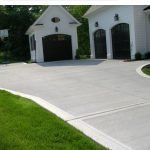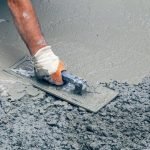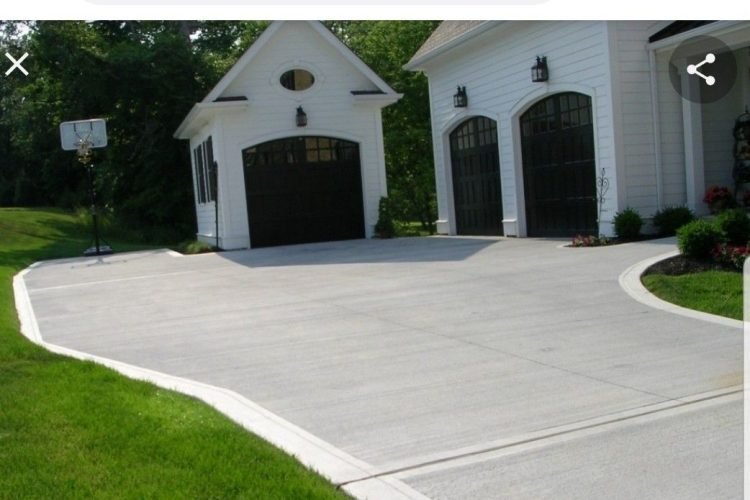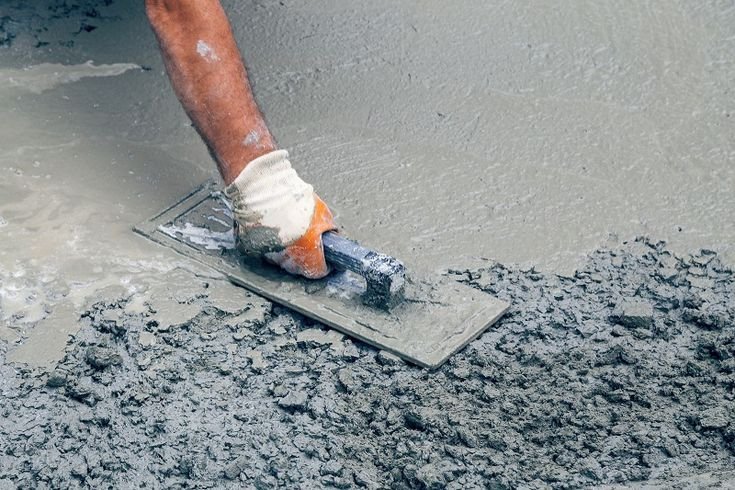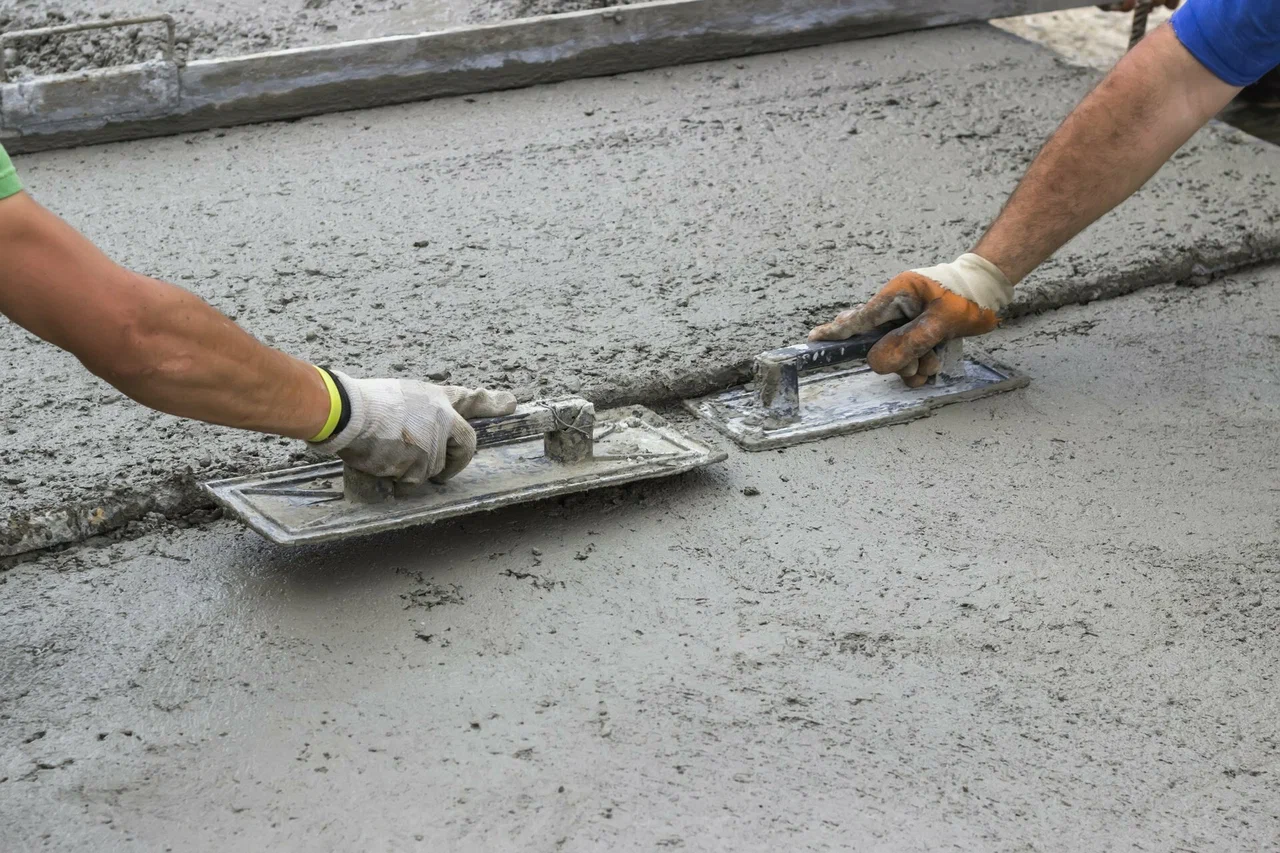
Concrete is one of the most durable and widely used construction materials worldwide. However, over time, even the strongest concrete structures can develop cracks, spalling, and other forms of damage due to environmental factors, heavy loads, or poor installation. Expert concrete repair services are essential for maintaining structural integrity, safety, and aesthetic appeal.
In this comprehensive guide, we will explore the causes of concrete damage, different repair methods, the benefits of professional repairs, and maintenance tips to extend the lifespan of your concrete structures.
Common Causes of Concrete Damage
Before considering repairs, it’s essential to understand what causes concrete deterioration. Some of the most common factors include:
1. Weather and Environmental Conditions
- Freeze-thaw cycles: In colder climates, water can seep into cracks, freeze, and expand, causing the concrete to break apart.
- Extreme heat: High temperatures can cause concrete to expand, leading to cracks and surface damage.
- Rain and moisture: Continuous exposure to water can weaken concrete over time, leading to erosion and degradation.
2. Poor Installation and Mixing
- Inadequate curing: If concrete is not properly cured, it can develop cracks and weak spots.
- Improper mix proportions: A poorly mixed batch of concrete can lead to weak structures that are prone to damage.
3. Heavy Loads and Structural Stress
- Excessive weight: Vehicles, machinery, and heavy foot traffic can put stress on concrete, causing cracks and settlement issues.
- Vibrations: Constant vibrations from construction or heavy traffic can weaken concrete over time.
4. Corrosion of Reinforcement
- Steel reinforcements within concrete can corrode due to water infiltration, leading to cracks and structural instability.
5. Chemical Exposure
- Industrial and residential chemicals can erode concrete surfaces, making them brittle and prone to damage.
Types of Concrete Repairs
Different types of damage require specific repair techniques. Here are some common concrete repair methods used by professionals:
1. Crack Repair
- Epoxy Injection: A high-strength epoxy resin is injected into cracks to restore the concrete’s structural integrity.
- Polyurethane Sealants: Flexible and water-resistant sealants are used to prevent further water infiltration and expansion of cracks.
2. Resurfacing and Overlay
- Concrete Resurfacing: A thin layer of concrete or polymer-modified overlay is applied to restore a smooth and durable surface.
- Stamped Overlays: Ideal for decorative repairs, stamped overlays can mimic the appearance of brick, stone, or tile.
3. Spalling Repair
- Surface Patching: Damaged concrete is cleaned, and a cement-based repair material is applied to restore the original surface.
- Reinforcement Protection: If spalling has exposed steel reinforcements, they must be treated and covered to prevent further corrosion.
4. Slab Jacking (Mudjacking & Polyjacking)
- Mudjacking: A cement slurry is injected under a sunken slab to raise it back to its original level.
- Polyjacking: Uses polyurethane foam for a lighter and quicker leveling solution.
5. Expansion Joint Repair
- Joint Sealants: Flexible sealants are applied to expansion joints to prevent water infiltration and cracking.
- Joint Replacement: Old, deteriorated joints are removed and replaced with new materials to maintain flexibility and durability.
Benefits of Professional Concrete Repairs
Hiring experts for concrete repairs ensures long-lasting and reliable results. Here are some key advantages:
1. Enhanced Durability
- Professional repairs extend the life of your concrete structures, reducing the need for costly replacements.
2. Improved Safety
- Cracks and uneven surfaces can be hazardous. Proper repairs eliminate trip hazards and prevent further damage.
3. Cost Savings
- Timely repairs prevent more extensive damage, saving money on future repairs or replacements.
4. Aesthetic Appeal
- Well-maintained concrete surfaces enhance the visual appeal of homes, driveways, sidewalks, and commercial properties.
5. Environmentally Friendly
- Repairing existing concrete reduces the need for new materials, minimizing environmental impact.
How to Choose the Right Concrete Repair Service
Selecting the right professional for your concrete repair project is crucial. Consider the following factors:
1. Experience and Expertise
- Look for companies with a proven track record and expertise in handling various concrete repair issues.
2. Quality Materials and Techniques
- Ensure the contractor uses high-quality repair materials and modern techniques for long-lasting results.
3. Licensing and Insurance
- Verify that the company is licensed and insured to protect against any liabilities.
4. Customer Reviews and References
- Check online reviews and ask for references to gauge the company’s reputation.
5. Warranty and Guarantees
- A reliable contractor should offer warranties on their work to ensure customer satisfaction.
Preventative Maintenance Tips for Concrete Longevity
Regular maintenance helps prevent damage and extends the lifespan of your concrete surfaces. Here are some essential tips:
1. Regular Cleaning
- Sweep and wash concrete surfaces regularly to remove dirt, debris, and chemicals that can cause erosion.
2. Sealing and Waterproofing
- Apply a concrete sealer to protect against moisture, stains, and UV damage.
- Waterproofing agents can prevent water infiltration and freeze-thaw damage.
3. Fix Small Cracks Early
- Address minor cracks promptly to prevent them from expanding and causing larger structural issues.
4. Avoid Heavy Loads on Weak Areas
- Distribute weight evenly and avoid excessive loads on thin or weak concrete sections.
5. Proper Drainage
- Ensure proper drainage to prevent water from pooling around concrete surfaces, which can lead to erosion and damage.
Conclusion
Concrete is a strong and durable material, but it requires maintenance and timely repairs to ensure its longevity. Understanding the causes of concrete damage, available repair methods, and the benefits of professional services can help you maintain safe and long-lasting concrete structures.
By choosing expert concrete repair services, you can restore the integrity of your surfaces and avoid costly replacements in the future. Regular maintenance, including sealing and prompt crack repairs, will further enhance the durability of your concrete, ensuring it stands the test of time. Whether you need minor patching or major structural repairs, investing in quality concrete repairs is essential for both residential and commercial properties.



